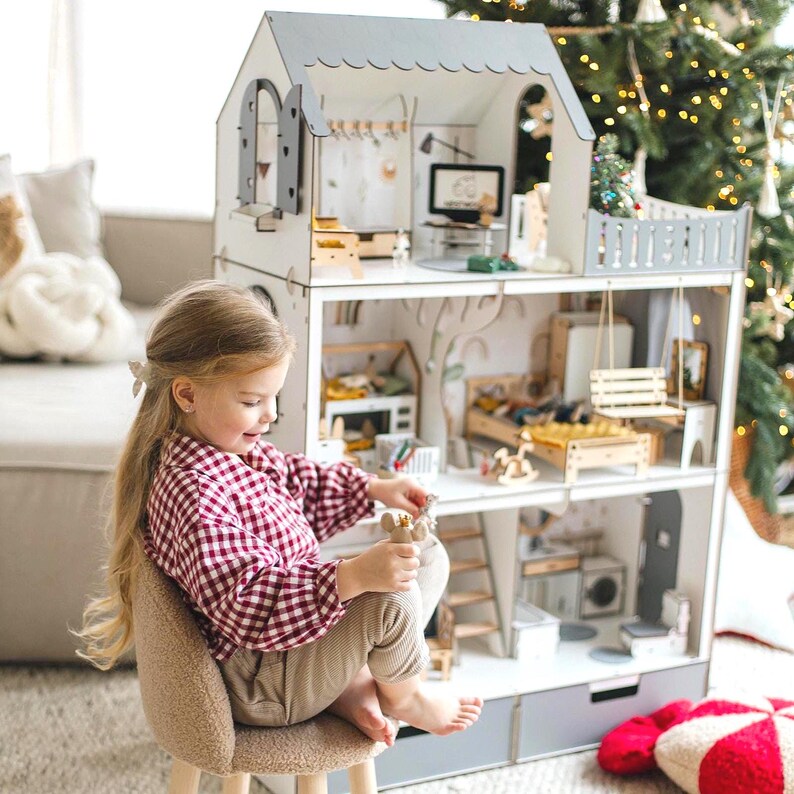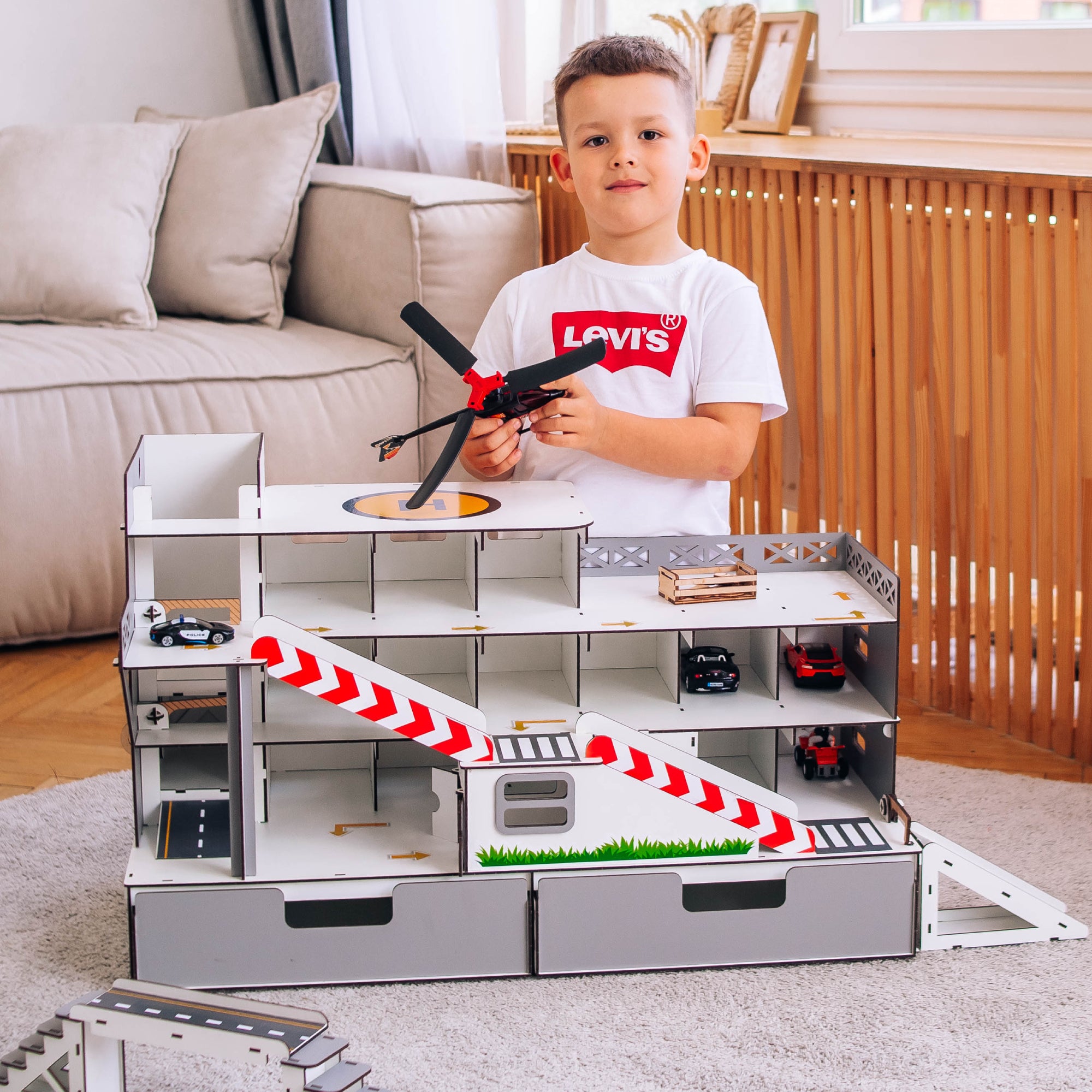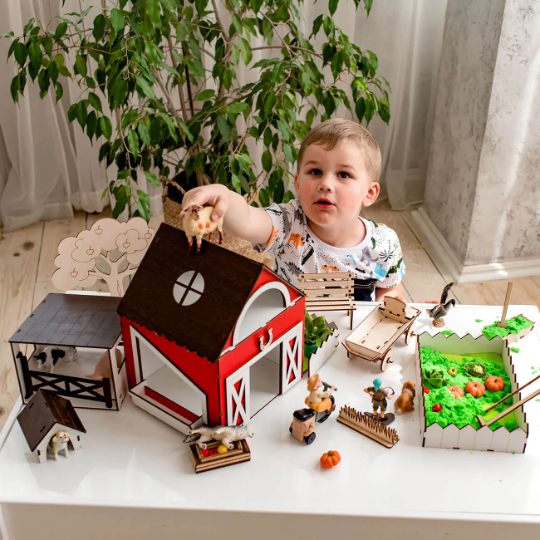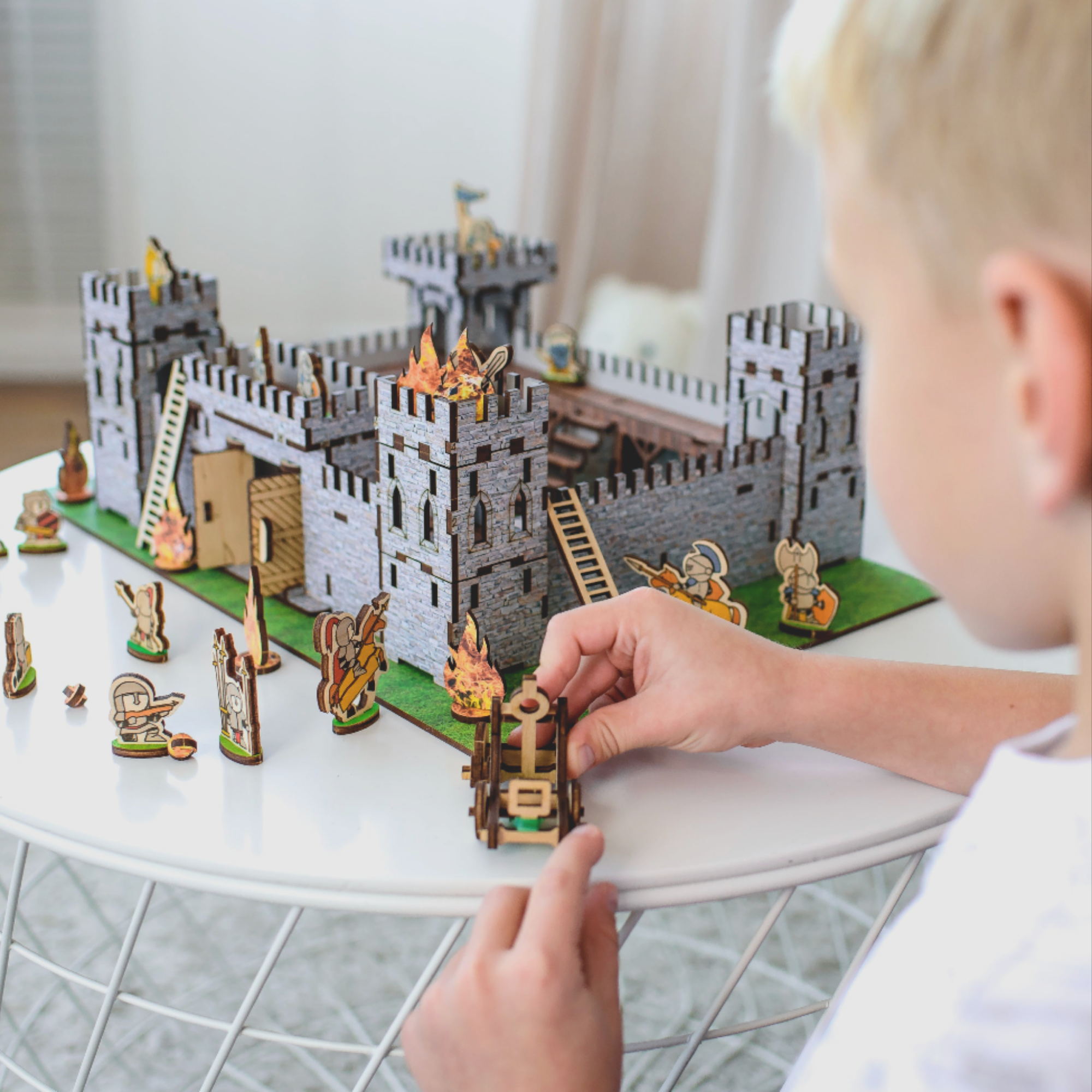How Dollhouses Help Kids Explore Emotions (Without Even Realizing It)
Children don’t always know how to explain their feelings—but they sure know how to act them out. And one of the most powerful tools for emotional development?
A simple dollhouse.
Through storytelling, pretend play, and tiny everyday scenes, kids get a safe space to express what’s going on inside. It’s play… but it’s also healing.
Why Emotional Intelligence Matters
Emotional intelligence is the ability to understand and manage your own feelings—and recognize those of others. It helps kids:
-
Name and talk about emotions
-
Build empathy and kindness
-
Deal with stress and conflict
-
Feel confident in social situations
And just like muscles, these skills grow with practice.
How Pretend Play Supports Emotional Growth
When a child plays “family” or “school” with dolls, they’re doing more than playing. They’re:
-
Replaying real-life situations
-
Testing out different roles and reactions
-
Learning how to solve emotional challenges
-
Exploring what it feels like to be someone else
Whether they’re comforting a “crying” doll or creating a party in the living room, they’re learning how emotions work—and how to respond with care.
NestWood Dollhouses: Built for Heartfelt Play
Our wooden dollhouses and furniture sets are crafted to invite emotional storytelling:
-
Neutral, calming design leaves room for imagination
-
Open layouts encourage shared play and communication
-
Accessories help recreate real-life situations (bedtime, meals, celebrations)
Every detail is designed to give your child the tools to create their own world—and feel safe expressing what’s in their heart.
Bonus for Parents: A Window into Their World
Watching your child play with a dollhouse can reveal what they’re thinking, worrying about, or excited to share.
It’s a beautiful way to connect without pushing too hard.
Let your child talk through their toys. You might be surprised what you learn—and how much they grow.





